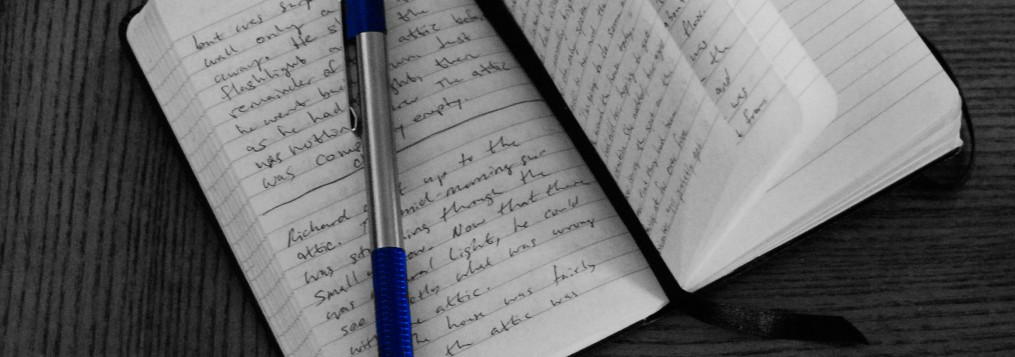 I’ve never read The Scarlet Letter (I know, I know, shame on me! But it’s on my list!), but I have read some shorter works by Nathaniel Hawthorne, and I’ve enjoyed everything. The same goes for The House of the Seven Gables. When I signed up for the class “Major American Authors of the 1850’s,” and saw Hawthorne’s name on the list, I thought for sure we would be reading his first, and most famous, novel. But as it turns out, the class has a strong focus on life in the early and mid-19th century, and The Scarlet Letter takes place two centuries prior, so it only makes sense that Seven Gables was chosen.
I’ve never read The Scarlet Letter (I know, I know, shame on me! But it’s on my list!), but I have read some shorter works by Nathaniel Hawthorne, and I’ve enjoyed everything. The same goes for The House of the Seven Gables. When I signed up for the class “Major American Authors of the 1850’s,” and saw Hawthorne’s name on the list, I thought for sure we would be reading his first, and most famous, novel. But as it turns out, the class has a strong focus on life in the early and mid-19th century, and The Scarlet Letter takes place two centuries prior, so it only makes sense that Seven Gables was chosen.
I was a little disappointed at first, until I opened the book and starting reading away, and realized it was about a cursed family in a haunted house. The book begins in the past, around the time of the Salem Witch Trials, when the revered Colonel Pyncheon accuses Matthew Maule of practicing witchcraft and has him hung. Said Colonel then seizes Maule’s land (with him buried on it) from his cold, dead clutch, and builds a giant seven-gabled house. And who does he hire to build it? Oh, Maule’s son Thomas. “Hey, I killed your father, now build me a house. No hard feelings right?” Well, as the story unfolds, we learn that not only are Wizarding abilities passed down through generations, but so is vengeance. The Maule’s do everything they can to subtly make the Pyncheon’s lives hellish. In the end, a descendant of Maule (under the name of Holgrave) marries one of the last remaining Pyncheons, a beautiful ray of sunshine named Phoebe. One can only wonder if this is the final act of Maule vengeance, uniting the the two ancient families (I’m sure the Colonel is rolling in his grave by this time), or if the two genuinely love each other. After all, Holgrave does hypnotize the poor girl at one point, but stops before he gets too deep into her mind. Or does he?
Aside from the plot, Hawthorne does a masterful job with language, pacing, and using real names and events, but twisting them around to make them his own. His flowery prose, iconic of just about any book from this time period, gets a little wordy at times. But Hawthorne creates some really wonderful dark settings and creepy images throughout the book. His pacing starts off slow, as explanations of past events are carefully unfolded, but when the action speeds up, so does the pace. And as our mind gets used to reading in the 19th century, we are more able to comprehend the long, flowery sentences, and therefore, allowing the book to move along even quicker. Obviously Hawthorne did not know that his readers’ vocabulary would drastically decrease over the next 150 years (curse you texting and tweeting!), but he does make the reading easier when he’s not giving a tour of the house.
Not only did I enjoy the book, but I also learned a bit of history as well (always a plus!). I had no idea that Hawthorne’s great-great-grandfather, John Hathorne, was a judge in the Salem Witch Trials. Hawthorne didn’t like that he was related to someone who sentenced innocent people to death, so he added the ‘W’ to his surname so that he was not associated with his ancestor. I also found out that Pyncheon and Maule were real families, and that he used real people for his characters, though he changed them quite drastically. Thomas Maule, who also happened to be an architect and builder, was not a witch (or wizard), but he did call out those Puritan ministers in their false accusations of witchcraft. He was whipped and all copies of his book were confiscated for his “crime.” I find it very interesting how Hawthorne took real people, places, and events, and twisted them around to create a compelling story.
I did not read the entire book pictured above, as half of it is just essays and such. Those that I have read thus far are interesting enough, but this review is for the novel only. I give The House of the Seven Gables 4 out of 5 stars.
